An article to help you understand the crypto privacy sector.
Written by: San, Deep Tide TechFlow
On October 11, 2025, the crypto market experienced the largest contract liquidation day in history, with a single-day contract liquidation volume reaching $19.1 billion.
This crash served as a baptism for the crypto market and also acted as a mirror, reflecting which assets demonstrated greater resilience in such extreme market conditions.
Among them, the privacy sector's $ZEC attracted significant market attention. On the day of the crash, $ZEC briefly fell from $268 to below $200, but in the following two days, it quickly recovered, rising to a peak of $293, a 37% increase from its pre-crash high, leading the "post-disaster reconstruction" after this black swan event.
The rapid rebound after the black swan was impressive, but what is even more noteworthy is that at the beginning of October, $ZEC was only $74, and in less than half a month, its increase approached 400%.
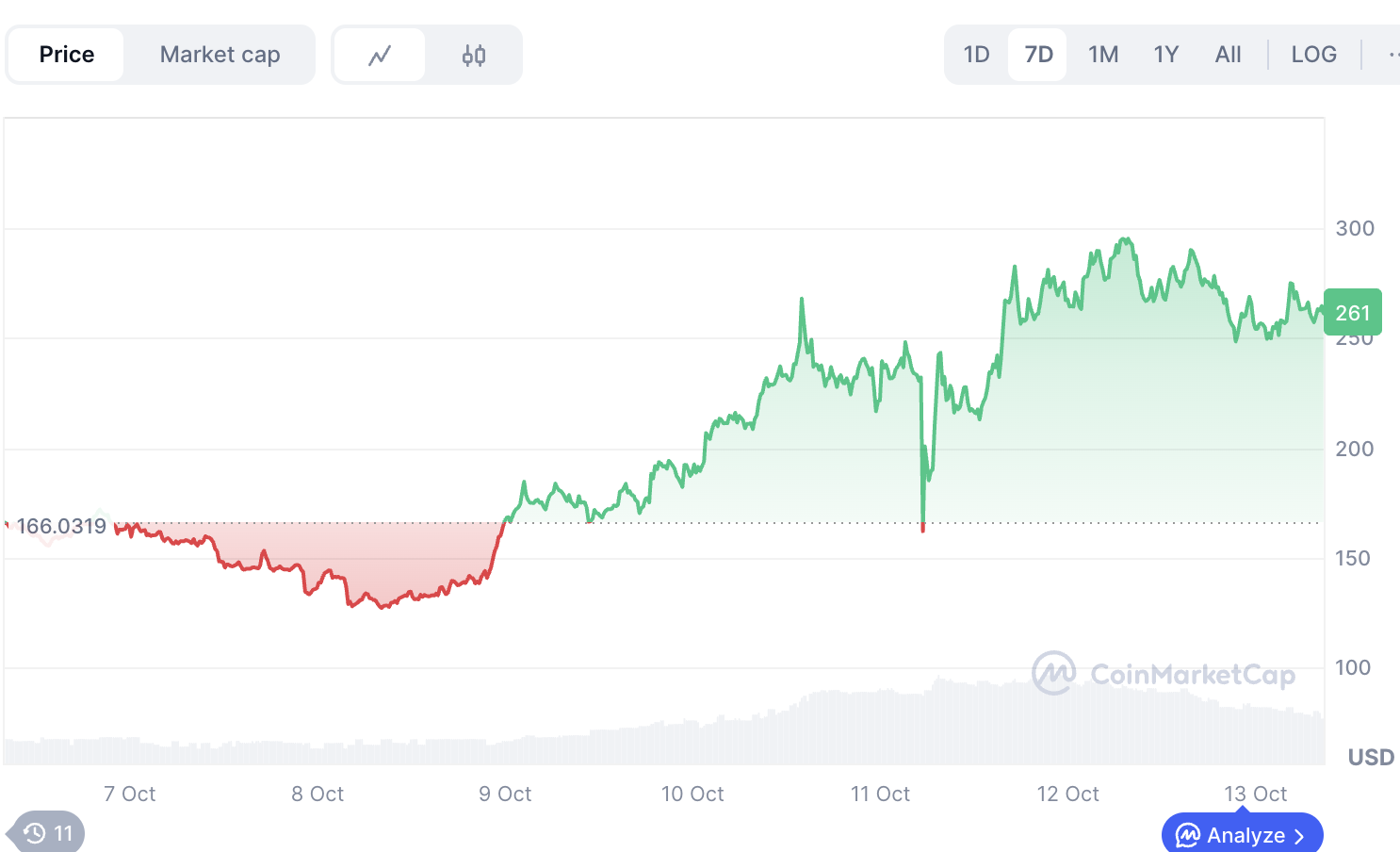
The underlying privacy sector, after experiencing regulatory crackdowns in 2024, seems to be gradually showing signs of a strong rebound. At this current juncture, analyzing investment targets within this sector may bring significant returns for investors.
The Historical Progress of the Privacy Sector
Looking at the development history of the privacy sector, it is clear that it has gone through four stages.
Pre-Crypto Stage (1980-2013): The Proposal of Crypto-Punk Philosophy
The demand for privacy coins was first proposed in the late 1980s.
A loose collective of cryptographers, activists, and tech experts combined "cryptography" with "cyberpunk," proposing the idea of using strong cryptography to protect personal privacy and challenge centralized surveillance.
Subsequent publications of "The Crypto Anarchist Manifesto" and "The Crypto-Punk Manifesto" laid the ideological foundation for the birth of the privacy sector: "We, the crypto-punks, are committed to building anonymous systems. We defend privacy with cryptography."
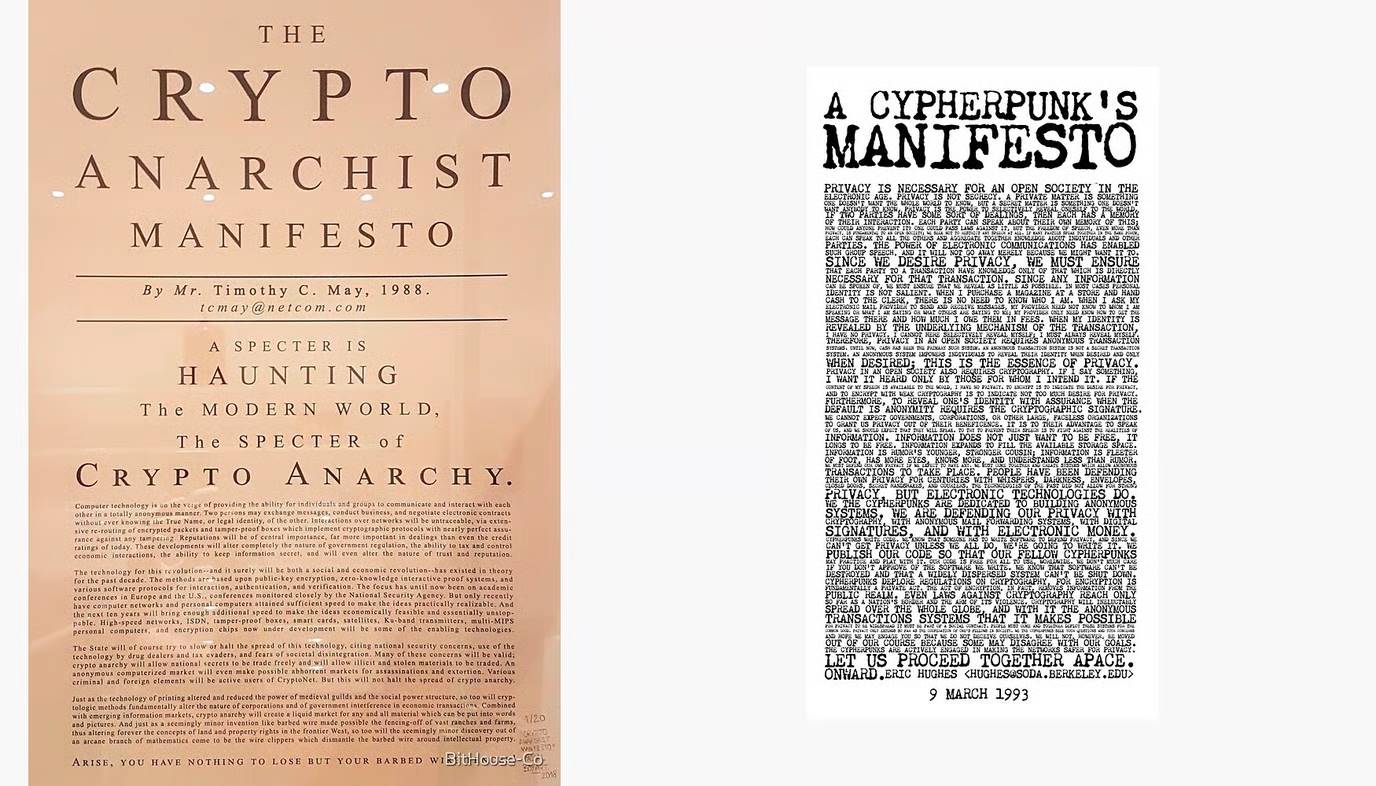
"The Crypto Anarchist Manifesto" and "The Crypto-Punk Manifesto"
Second Stage (2014): Initial Appearance
2014 marked the birth year of the privacy coin sector, with Dash ($Dash) and Monero ($XMR) emerging that year. Both tokens achieved significant price increases but quickly retraced and returned to calm.
Among them, $XMR was integrated into the notorious dark web's economic system due to its enforced anonymity feature, creating a unique use case but also laying the groundwork for the subsequent devastating blow to the privacy coin sector.
Third Stage (2017-2021): From Marginal to Mainstream
During this period, the privacy sector benefited from the rapid development of the crypto market and influx of capital.
Privacy coins stood out due to their unique value propositions. During this time, the narrative of "privacy is a right" began to spread from the tech circles to mainstream cryptocurrency investors.
In this stage, $Dash saw a peak increase of 135 times, far exceeding the core of the crypto world, $BTC, which reached a peak market cap of $11 billion that year. $XMR increased by 24 times, and due to its core position in the dark web's economic system, its average daily trading volume reached 450,000 transactions in Q4 2017.
It was also during this period that $ZEC emerged, introducing the concept of zero-knowledge proofs, which was highly favored by tech-savvy investors and institutions. Its price increase once reached 29 times, with a peak market cap of $4.2 billion, further proving the market's attention to the privacy sector.
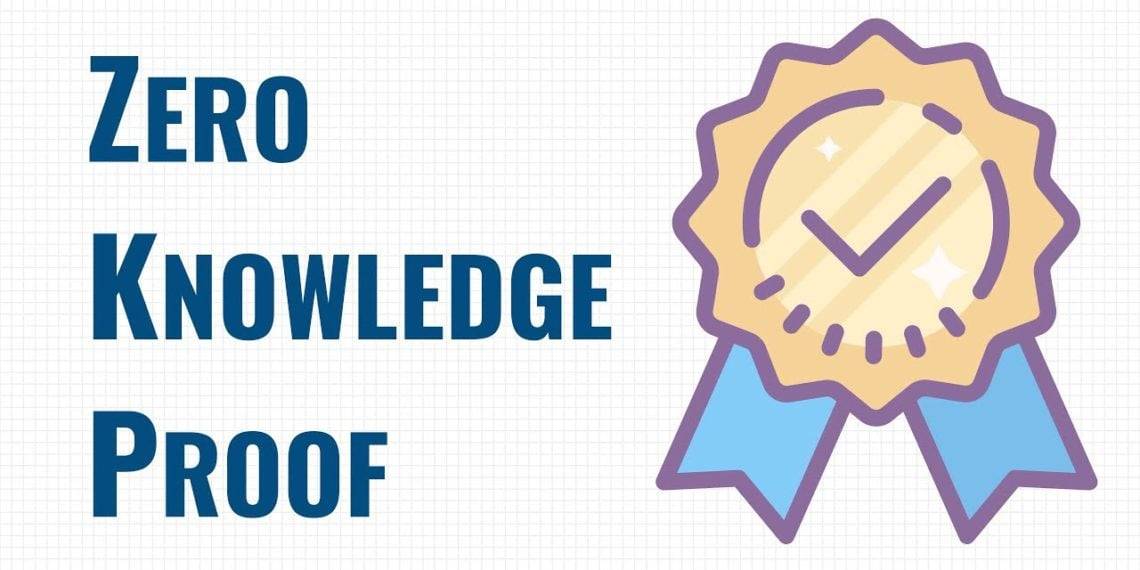
It was during this time that major exchanges competed to list privacy coins, further boosting the entire sector. Additionally, during the DeFi Summer, the privacy coin sector successfully transformed, growing from a market cap of $2 billion at the beginning of 2020 to $14 billion by mid-2021.
However, the sword of Damocles hanging over the privacy coin sector began to show itself, ultimately falling in 2022.
Fourth Stage (2022-2025): Darkest Hour, Survival, and Long-term Regulatory Pressure
From 2022 to 2024, the privacy coin sector faced unprecedented regulatory crackdowns, entering its darkest hour.
On August 8, 2022, the U.S. Treasury sanctioned the ETH mixer Tornado Cash, sending a clear regulatory signal that officially marked the transition of privacy coins from the "gray area" to "under the red line."
The subsequent wave of delistings from exchanges became the first "domino" that toppled the tower. Binance announced the delisting of $XMR (Monero) on February 6, 2024, citing "regulatory compliance requirements." Following this, mainstream exchanges like Kraken and OKX also followed suit, leading to a global crackdown on privacy coins. By the end of 2024, there were fewer than 10 exchanges globally supporting privacy coin trading, all of which were small exchanges. The liquidity crisis for privacy coins fully erupted.
Although Naval's recent endorsement caused $ZEC to rise nearly 400%, the EU also announced at this time that it would fully ban anonymous cryptocurrency trading by 2027, indicating that long-term regulatory pressure on privacy coins remains.
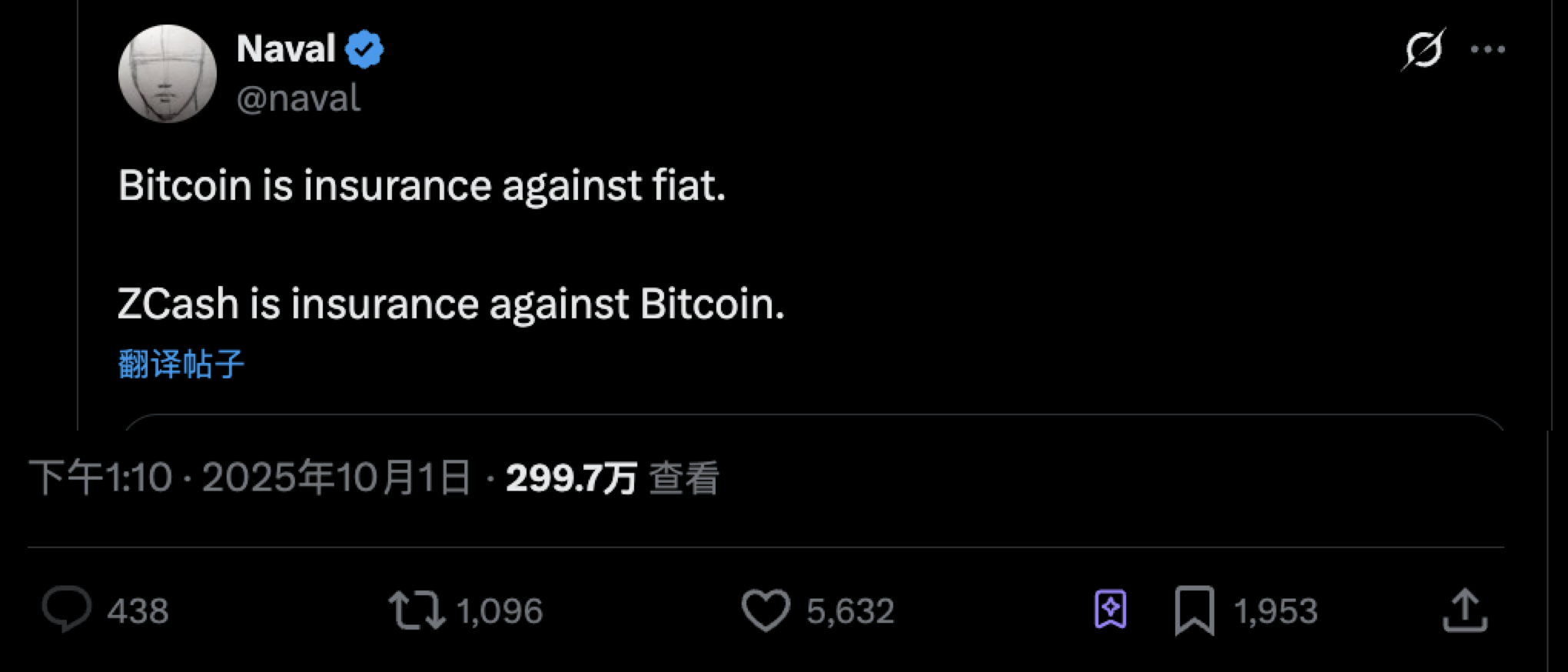
Driving Forces Behind the Rebound of the Privacy Sector
Beyond the surface-level market following brought by Naval's endorsement, the privacy sector has deeper underlying reasons.
The simplest reason is the rebound from an oversold condition; the total market cap of the privacy sector fell from $40 billion to $10 billion, a drop of 75%. In this context, any positive news can lead to exponential effects, and Naval's tweet happened to serve as this "random positive news."
Another direct reason is the actual buying pressure brought by Grayscale's reopening. In early October, Grayscale Zcash Trust reopened for subscriptions. Although the specific amount was not disclosed, this action attracted a large influx of follow-on funds, providing real buying pressure for $ZEC.
Recently, the ETH Foundation also stepped in to support Railgun. On October 9, the ETH Foundation announced that the Kohaku roadmap requires the integration of Railgun technology. Additionally, Vitalik previously sent $300,000 to Railgun, which strengthened market confidence in the privacy sector, with $RAIL quickly rising 270% on that day, validating the logic behind this phenomenon.
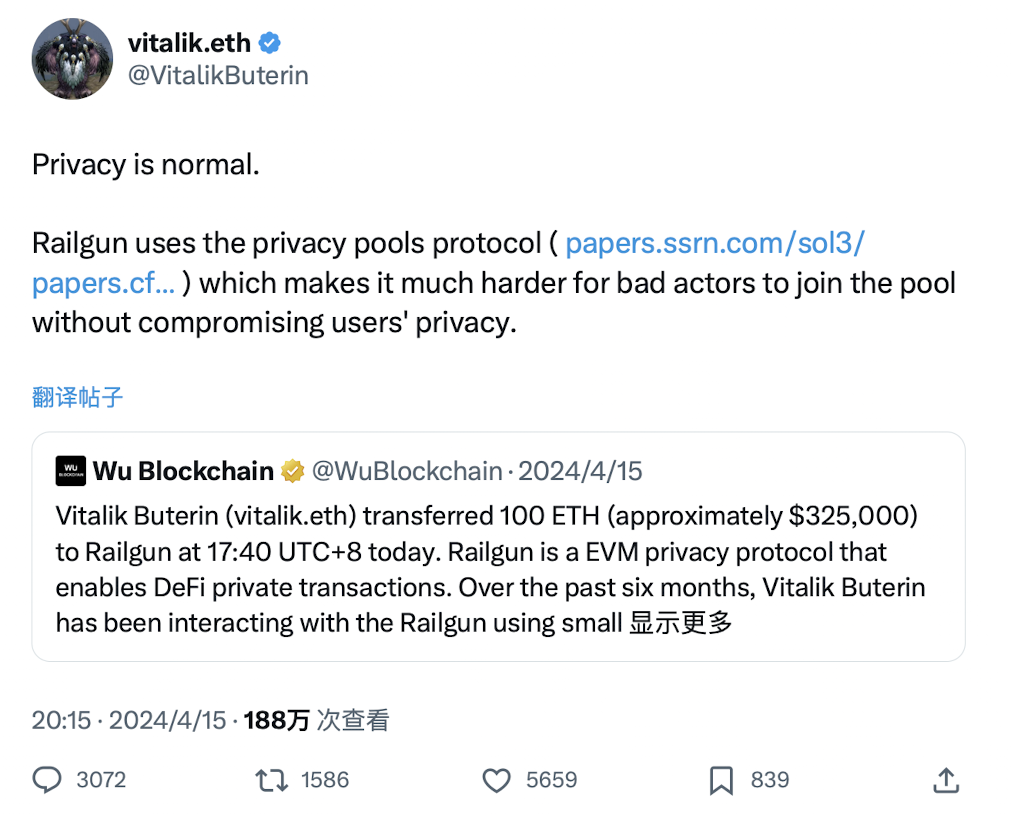
The liquidity scarcity caused by the previous delistings of privacy coins made the chips very scarce. In the absence of supply, any slight demand fluctuation can lead to rapid price increases for the tokens.
On a larger scale, the ongoing geopolitical conflicts around the world and the uncertainty brought by Trump have also catalyzed a growing demand for financial privacy among various institutions and investors, coinciding with the black swan crash that directly brought this demand to the forefront.
Current Investment Opportunities in the Privacy Sector
$ZEC
As a recently outstanding star project, $ZEC is undoubtedly a leading asset in the industry, reaching a recent high of $293, with a 7-day increase of 295% and a market cap of $4.26 billion.
However, its rapid rise over the entire period has recently encountered a slight correction, with the current price falling to $262. Moreover, the rise of $ZEC largely stems from Naval's influence, and as an early investor in Zcash, Naval has many undisclosed interests involved. There may be significant correction pressure in the short term.
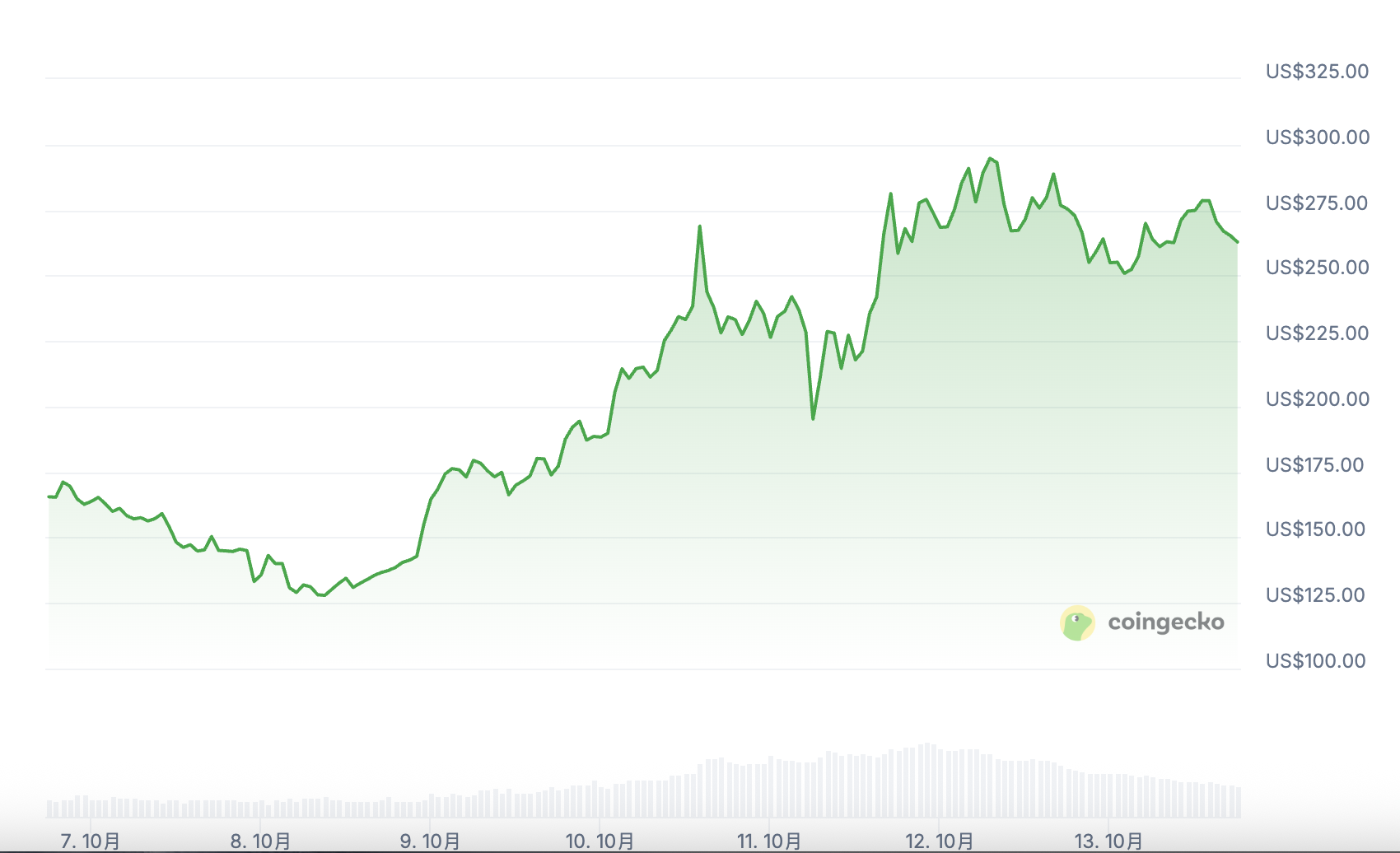
$XMR
Compared to the recent exaggerated rise of $ZEC, $XMR, another leading asset in the privacy coin sector, may have higher upside potential.
$XMR is currently priced at $305, with a market cap of approximately $5.64 billion, and a 7-day increase of only 48%, clearly lagging behind $ZEC, but also showing a trend of following suit.
On the other hand, as the most "pure" asset in privacy technology, $XMR is dedicated to creating strongly anonymous transactions, possessing unique narrative appeal within the privacy coin sector.
According to CoinGecko data, the trading volume of $XMR over the past 10 days has increased by nearly 170% compared to the previous period, indicating the potential for $XMR's price increase.
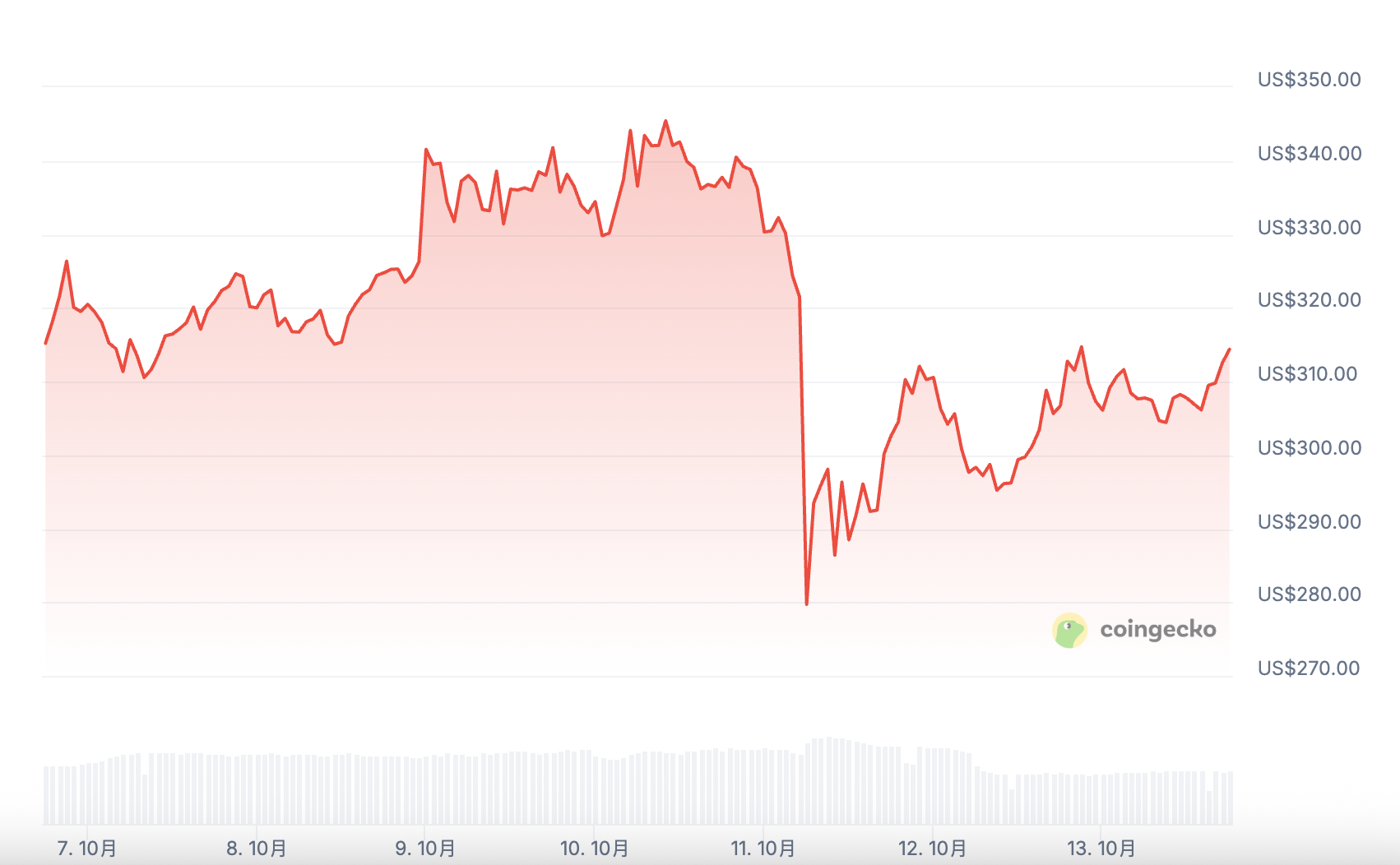
$Dash
As an elder project in the privacy coin sector that emerged alongside $XMR, Dash focuses on the integration of privacy and payment, which is closely related to the currently popular stablecoins and crypto payment sectors. More popular tags mean that $Dash can gain more market attention.
On another front, unlike Monero's enforced anonymity, Dash adopts optional privacy features, making it one of the few "regulatory-friendly" assets in the privacy coin sector, giving it a significant advantage in regulatory sensitivity.
Currently priced at $38.2, with a market cap of approximately $655 million, and a 7-day increase of 48.5%, it is almost on par with $XMR and also shows a trend of catching up.
Other Small Market Cap Assets
In addition to the high market cap projects mentioned above, there are several small market cap projects within the privacy sector that are worth attention. Theoretically, they have stronger price increase potential, but their current price performance is mixed, requiring investors to choose carefully.
Secret Network ($SCRT)
Secret Network is a privacy-focused Layer 1 blockchain that provides customizable privacy features for dApps through encrypted smart contracts.
Its core competitiveness lies in combining privacy attributes with the currently popular tag of AI. Its 2025 roadmap focuses on the integration of infrastructure, AI models, and privacy computing, aiming to build decentralized, privacy-first AI applications.
Currently, the price of $SCRT is $0.19, with a market cap of approximately $61.84 million, a 24-hour trading volume of $14.85 million, and a price change of -10.91% over the past 7 days.
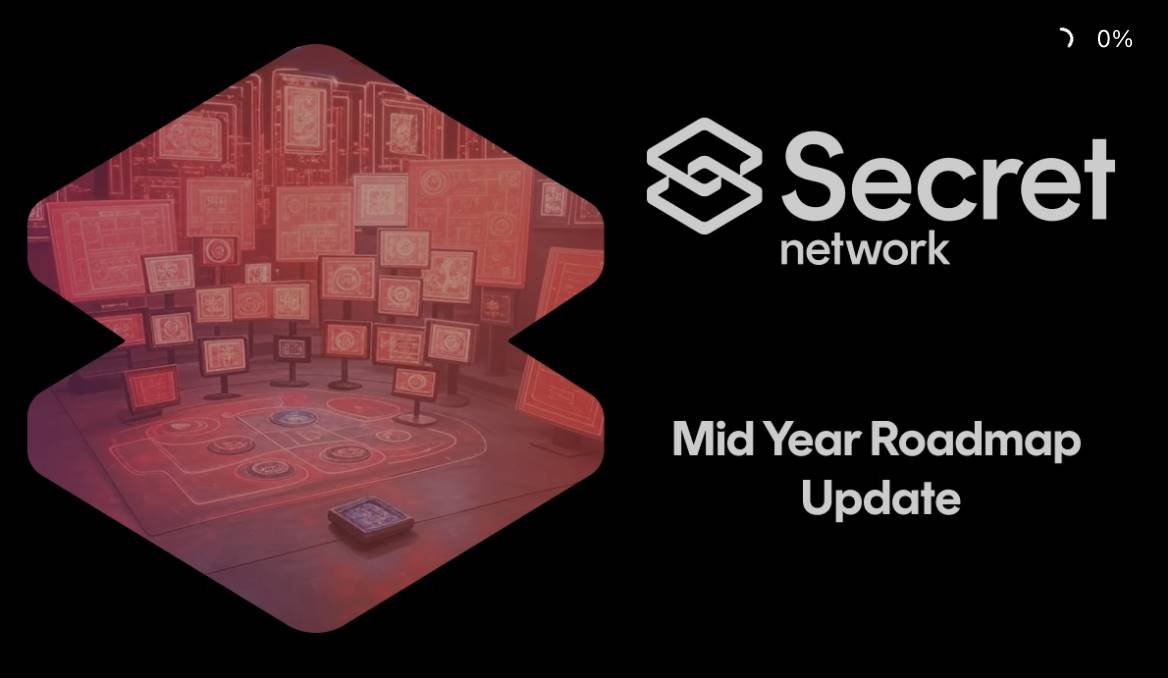
Related reading: “Secret Labs Mid-Year Roadmap Update”
Pirate Chain ($ARRR)
Pirate Chain is a pure privacy blockchain dedicated to providing completely anonymous transactions.
Currently, the price of $ARRR is $0.4316, with a market cap of approximately $84.69 million, a 24-hour trading volume of $588,800, and a 7-day price change of 41.02% increase.
PirateChain is built on the asset chain of the Komodo platform, combining Zcash's zero-knowledge proofs and Monero's privacy features. All transactions use shielded addresses by default, ensuring the highest level of financial anonymity.
In the recent black swan crash, $ARRR demonstrated strong resilience, experiencing a nearly 10% drop before quickly rebounding 37% on the 12th. Coupled with its current small market cap characteristics, it may bring unexpected returns for investors.
Outlook for the Sector: Moving Forward Amidst Contradictions
Although the privacy sector currently shows strong rebound momentum, investors should also be aware of Naval's involvement as a former board member of the Zcash Foundation and other related interests during this rise, while the shadow of regulation has never been far from the privacy coin sector.
The investment logic in the privacy sector has shifted from idealism to practical application; only projects that truly address user pain points can possess stronger vitality.
Investors looking to invest in the privacy sector need to prioritize the question of whether to choose projects with strong anonymity that face regulatory pressure or regulatory-friendly types of projects that align more closely with the essence of "privacy."
免责声明:本文章仅代表作者个人观点,不代表本平台的立场和观点。本文章仅供信息分享,不构成对任何人的任何投资建议。用户与作者之间的任何争议,与本平台无关。如网页中刊载的文章或图片涉及侵权,请提供相关的权利证明和身份证明发送邮件到support@aicoin.com,本平台相关工作人员将会进行核查。




